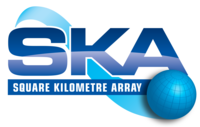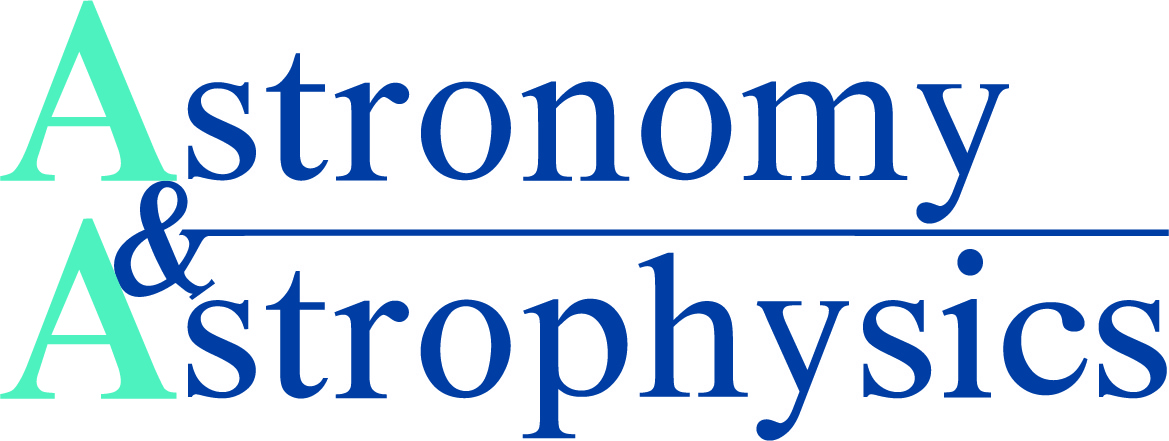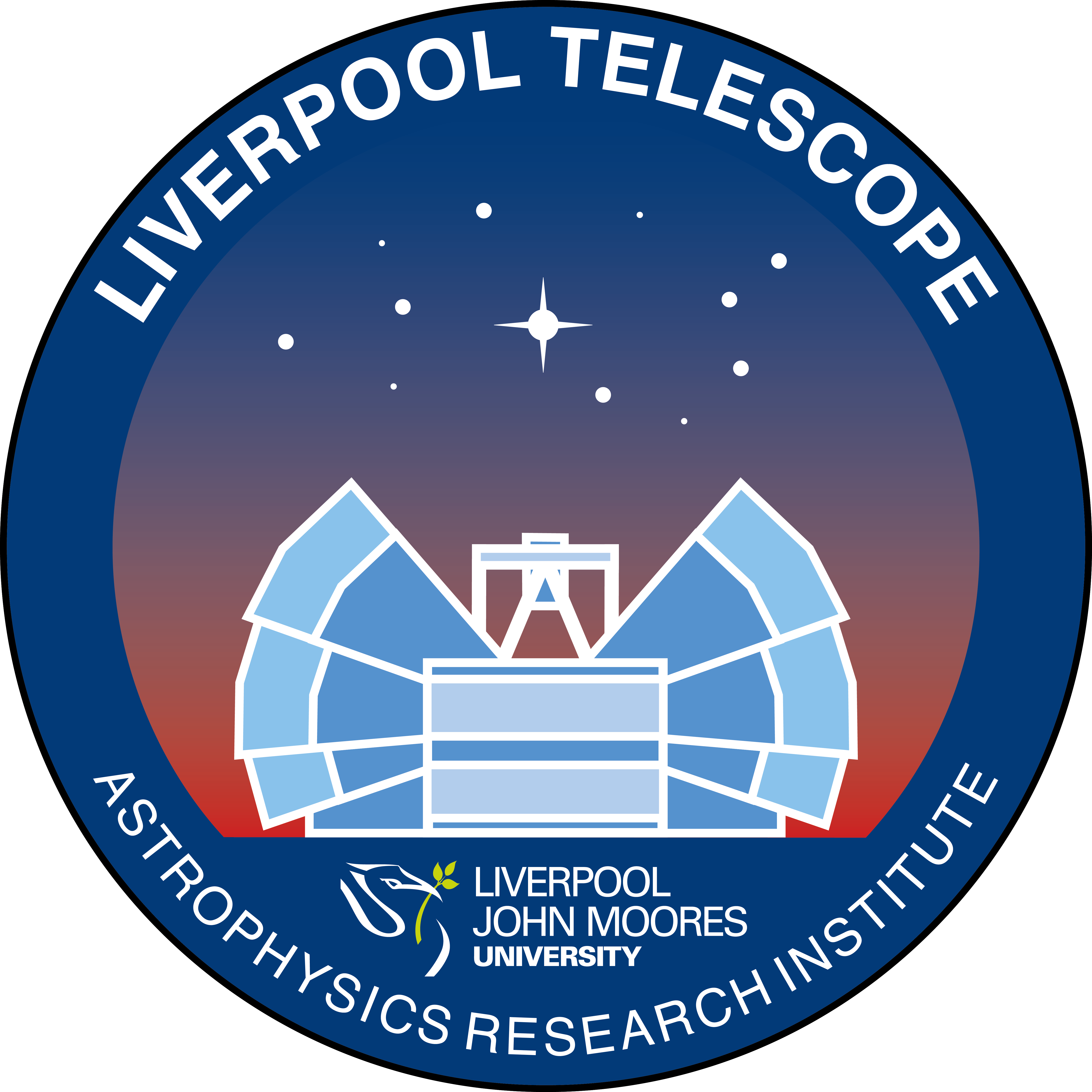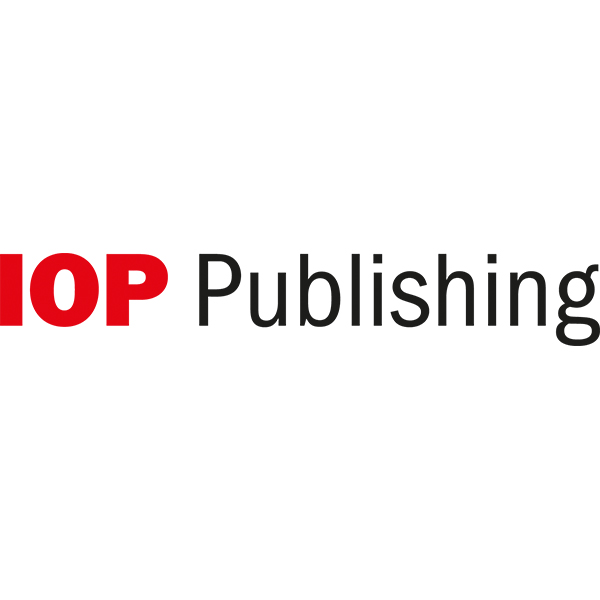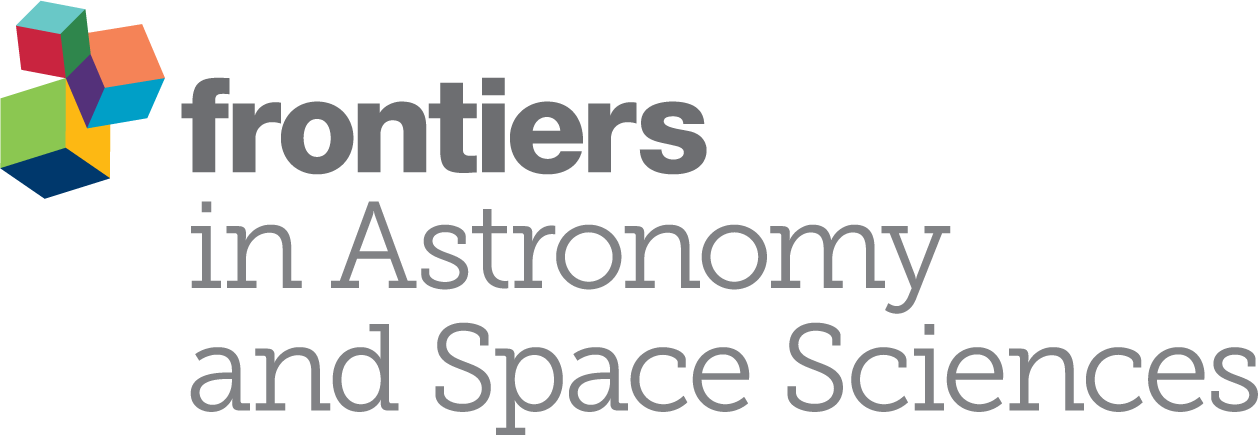Symposium S10
4 – 5 April 2018
The physics and chemistry of planetary atmospheres
News:
27 November 2017 Abstract submission deadline
22 December 2017 End of very early bird registration
3 January 2017 Symposium programs communicated to main EWASS organisers
Aims and scope
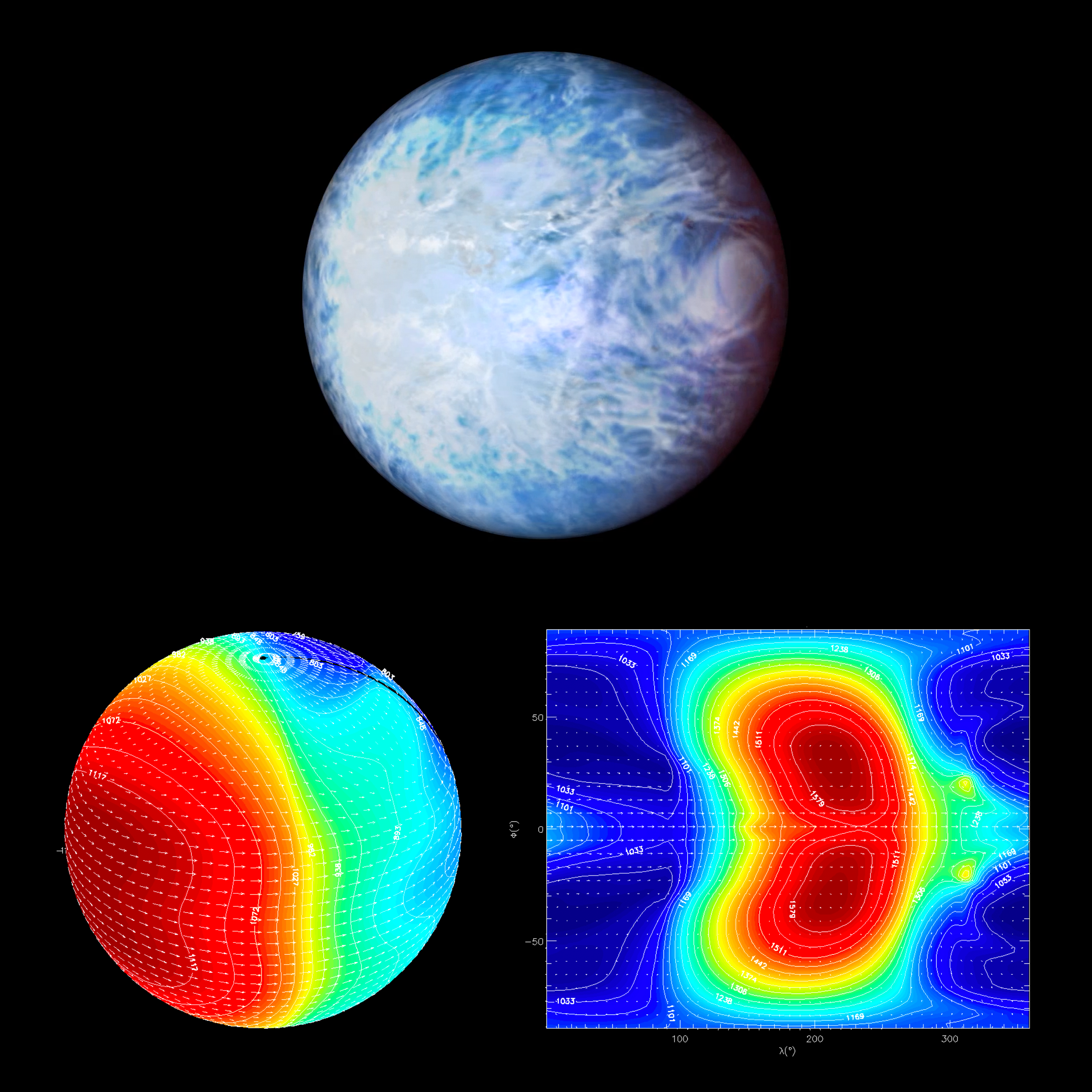 The challenge of correctly capturing the physical and chemical properties of planetary atmospheres across a broad parameter space is one of the biggest challenges for planetary atmosphere models. Alongside the 10 planetary bodies in our own Solar System with significant atmospheres, the more than 4000 exoplanets known include hot lava and giant gas planets, together with both warm and cool mini-Neptunes and super-Earths. Non of these planets resembles our solar system planets. Planetary atmospheres have proven to be incredibly diverse and are comprised of a mixture of materials in different phases (gas, clouds, aerosols, hazes..). Understanding the impact, for example, chemical and radiative, of these species and their interplay with the circulation and observations, particularly in 3D, is vital to correctly interpreting observations from the ground (e.g. VLT) and from space (e.g. JWST, CHEOPS, PLATO).
The challenge of correctly capturing the physical and chemical properties of planetary atmospheres across a broad parameter space is one of the biggest challenges for planetary atmosphere models. Alongside the 10 planetary bodies in our own Solar System with significant atmospheres, the more than 4000 exoplanets known include hot lava and giant gas planets, together with both warm and cool mini-Neptunes and super-Earths. Non of these planets resembles our solar system planets. Planetary atmospheres have proven to be incredibly diverse and are comprised of a mixture of materials in different phases (gas, clouds, aerosols, hazes..). Understanding the impact, for example, chemical and radiative, of these species and their interplay with the circulation and observations, particularly in 3D, is vital to correctly interpreting observations from the ground (e.g. VLT) and from space (e.g. JWST, CHEOPS, PLATO).
Atmospheric modelling has developed in different directions, including different dimensions (1D and 3D), and levels of complexity and consistency, all having their own place in forming our understanding of the plethora of extrasolar planets.
This symposium aims to bring together the different branches of atmosphere modelling that are now required to effectively study the whole range of planetary atmospheres. We aim to provide insight into recent progress in each of these fields which are essential for reliable atmosphere models. The symposium will kick off with a session on atmosphere observations, followed by a session on atmosphere modelling. Here we aim to bring together 3D and 1D modellers which all work on different levels of consistency and complexity. This symposium further aims to show-case newest technology developments, such as the application of neuronal networks in retrieval techniques. The last two sections are designed to provide the community with a good overview of the challenges inherently present in the application of chemistry material data.
Programme
- Observation of atmospheres
- Atmosphere modelling for planet
- Atmosphere chemistry
- Clouds in exoplanet atmospheres
We will have a poster pop up.
Invited speakers
- Heike Rauer (DLR Berlin)
- Ignas Snellen (Leiden University)
- Ian Dobbs-Dixon (NYU Abu Dhabi)
- Ludmila Carone (MPI Heidelberg)
- Martin Asplund (Australian National University, Canberra)
- Peter Woitke (St Andrews Centre for Exoplanet Science)
- Olivia Venot (Laboratoire Interuniversitaire des Systèmes Atmosphériques)
- Michiel Min (SRON, Utrecht)
- Hannah Wakeford (University of Exeter)
- Christiane Helling (St Andrews Centre for Exoplanet Science)
- Ian Boutle (UK MetOffice, Exeter)
Scientific organisers
Christiane Helling (St Andrews)
Leen Decin (Leuven)
Nathan Mayne (Exeter)
Peter Read (Oxford)
Contact
ch80 @ st-andrews.ac.uk
Updated on Wed Jan 03 21:18:59 CET 2018
|
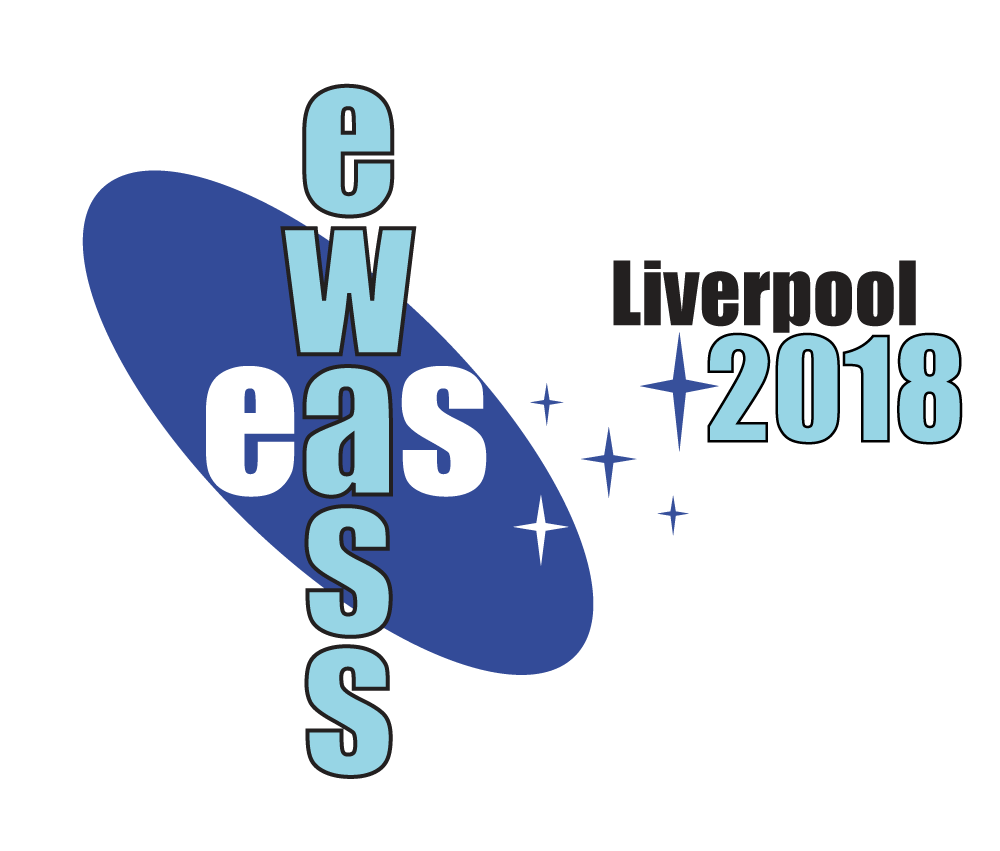
 A power cut will shut down all EAS services on Tuesday, 10 January 2017 starting at 7:30 CET.
A power cut will shut down all EAS services on Tuesday, 10 January 2017 starting at 7:30 CET.












